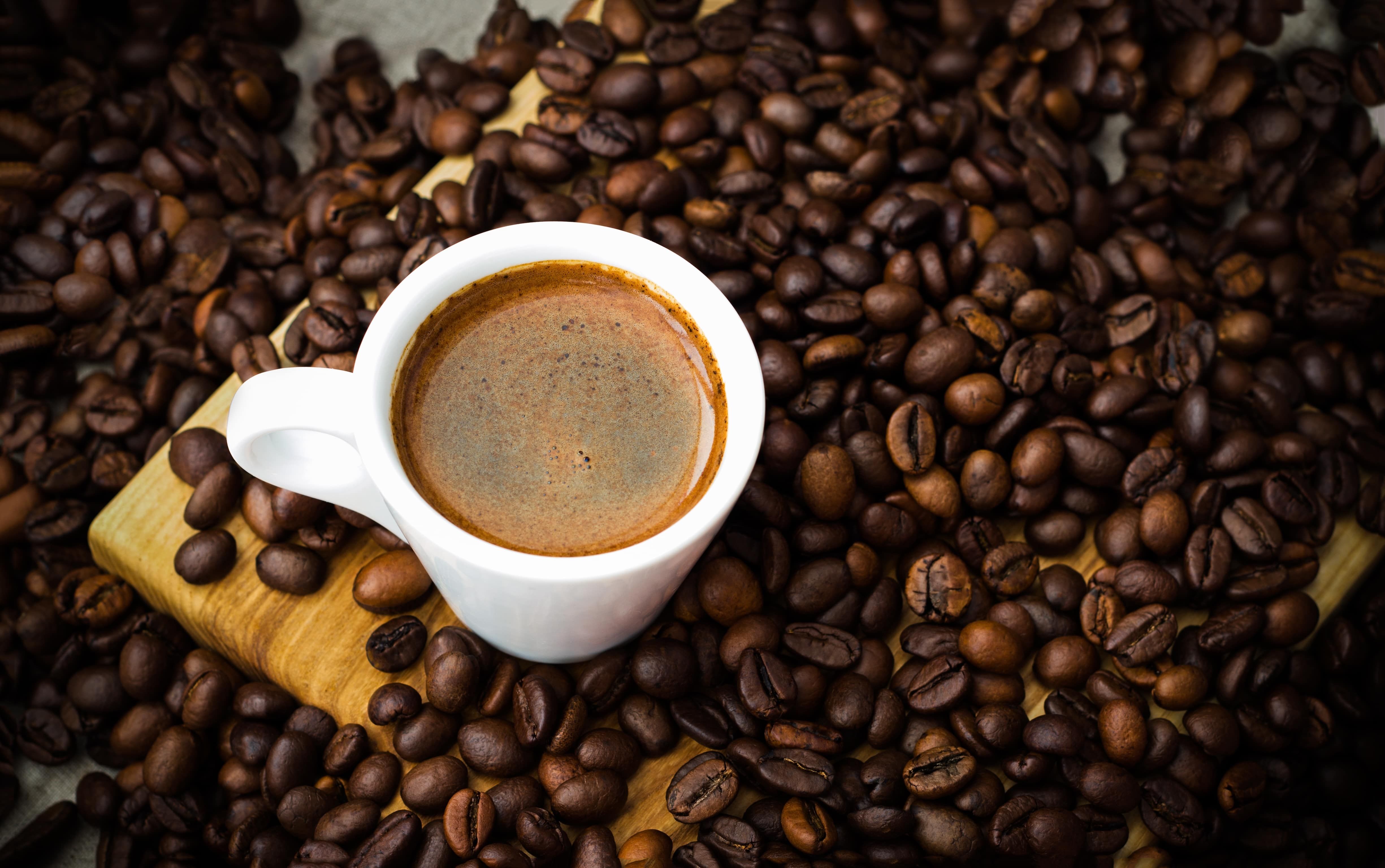Recognizing the Various Types of Crafted Coffee Available: A Comprehensive Guide to Selecting the Right Brew for Your Palate and Preferences
Navigating the detailed globe of crafted coffee needs an understanding of its varied elements, from bean selections to developing techniques. With a few vital insights into the nuances of coffee features, one can reveal a personalized experience that boosts the satisfaction of this cherished drink.
Summary of Crafted Coffee
Crafted coffee stands for a thorough strategy to brewing that raises the drink from simple sustenance to a sensory experience. This technique highlights quality at every action of the coffee-making process, beginning with the selection of premium beans. Artisanal roasters prioritize single-origin coffees and specialized qualities, which are commonly sourced from sustainable farms that comply with ethical methods.
Each element of crafted coffee, from toasting to developing, is executed with accuracy and objective. Roasters utilize different methods to boost the beans' fundamental flavors, taking into consideration variables such as airflow, time, and temperature. Ultimately, the brewing procedure is tailored to extract the best taste profiles, making use of approaches that highlight the distinct characteristics of each coffee type.
In addition to concentrating on quality, crafted coffee promotes a recognition for the complexities of flavor and scent. Enthusiasts usually involve in cupping sessions to determine refined notes and subtleties, changing coffee sampling right into an art form.
Popular Brewing Methods
Checking out various brewing approaches exposes the diverse techniques that can improve the pleasure of coffee. crafted coffee. Each method imparts special flavors, scents, and textures to the final cup, providing to different choices and tastes
One of one of the most popular approaches is the pour-over, which permits for accurate control over water temperature and flow price, resulting in a savory and clean brew. The French press, on the various other hand, makes use of immersion brewing, extracting abundant oils and particles for a fuller body.
Espresso is one more widely popular approach, utilizing high pressure to extract focused coffee, making it the base for lots of specialty beverages like cappucinos and cappuccinos. Cold mixture has acquired popularity for its smooth, less acidic account, attained by steeping coarsely ground coffee in cool water over a prolonged period.
The AeroPress supplies convenience and convenience of usage, permitting coffee lovers to trying out brew times and stress. Last but not least, the Moka pot generates a solid, abundant coffee evocative espresso, ideal for those that appreciate a bolder taste.
Coffee Bean Varieties

Arabica beans are known for their smooth and complicated flavors, commonly including pleasant, fruity, and flower notes. They thrive at higher altitudes and are usually expanded in regions with cooler climates. This range represents the majority of worldwide coffee manufacturing and is favored for its nuanced preference.
On the other hand, Robusta beans are identified by their vibrant, natural tastes and higher caffeine web content - crafted coffee. They are much easier to cultivate, resistant to parasites, and typically expanded in reduced elevations. Robusta is usually used in coffee blends to create an abundant crema and an extra robust body
Furthermore, there are several lesser-known selections, such as Liberica and Excelsa, which add one-of-a-kind tastes and aromas to specialized coffees. Recognizing these bean varieties is necessary for selecting the right mixture, as each type can significantly alter the coffee experience based on private choices.
Flavor Profiles Explained
Flavor profiles in coffee are a complicated interaction of various aspects, including fragrance, aftertaste, body, and level of acidity. Each of these aspects adds to the total sensory this contact form experience, permitting customers to identify and appreciate the subtleties of their brew.
Aroma plays a critical function; it sets the stage for the sampling experience, with notes varying from fruity and floral to earthy and nutty. Acidity, usually referred to as illumination, can enhance flavors and offer a revitalizing quality, while an absence of level of acidity might generate a smoother, a lot more smooth cup.
The body of coffee refers to its weight on the taste buds, which can range from tea-like and light to complete and syrupy. This facet affects exactly how the tastes are viewed, with a heavier body often heightening the richness of the brew. Finally, aftertaste, or surface, describes the lingering flavors that stay after ingesting. A tidy finish might leave a pleasurable residual sweetness, while a much more intricate aftertaste can expose concealed notes that create in time.
Recognizing these flavor profile elements allows coffee fanatics to better appreciate their options and check out the diverse world of crafted coffee.
Tips for Choosing Your Brew
When choosing your brew, recognizing your individual choices and the characteristics of different coffee types is essential. Begin by recognizing your taste account; do you like fruity, nutty, or chocolatey notes? Discovering numerous beginnings can help you discover distinct tastes, as beans from areas like Ethiopia usually display brilliant, flower notes, while those from Colombia might offer a smoother, well balanced taste.
Next, take into consideration the developing technique. Each technique, whether it be pour-over, French press, or coffee, affects the last taste and toughness of your coffee. For circumstances, a French press this contact form normally generates a fuller-bodied mixture, while pour-over techniques can produce a cleaner, extra nuanced cup.

Lastly, do not wait to experiment. Sampling single-origin coffees and different blends can cause delightful discoveries and a better understanding of your choices. Involving with educated baristas and click to read going to coffee samplings can further enhance your trip in selecting the best brew tailored to your palate.
Final Thought
In verdict, browsing the varied landscape of crafted coffee involves an understanding of various brewing methods, bean ranges, and taste accounts. By exploring the characteristics of Arabica and Robusta, as well as familiarizing oneself with different roasting methods, people can enhance their coffee experience.
Subsequently, the brewing process is tailored to draw out the finest taste accounts, utilizing methods that highlight the special attributes of each coffee type. crafted coffee.
In enhancement to concentrating on quality, crafted coffee promotes an appreciation for the complexities of taste and fragrance.When choosing your brew, recognizing your personal choices and the features of different coffee kinds is vital. Each method, whether it be pour-over, French press, or coffee, influences the final taste and stamina of your coffee.In conclusion, navigating the varied landscape of crafted coffee entails an understanding of different developing approaches, bean selections, and flavor accounts.